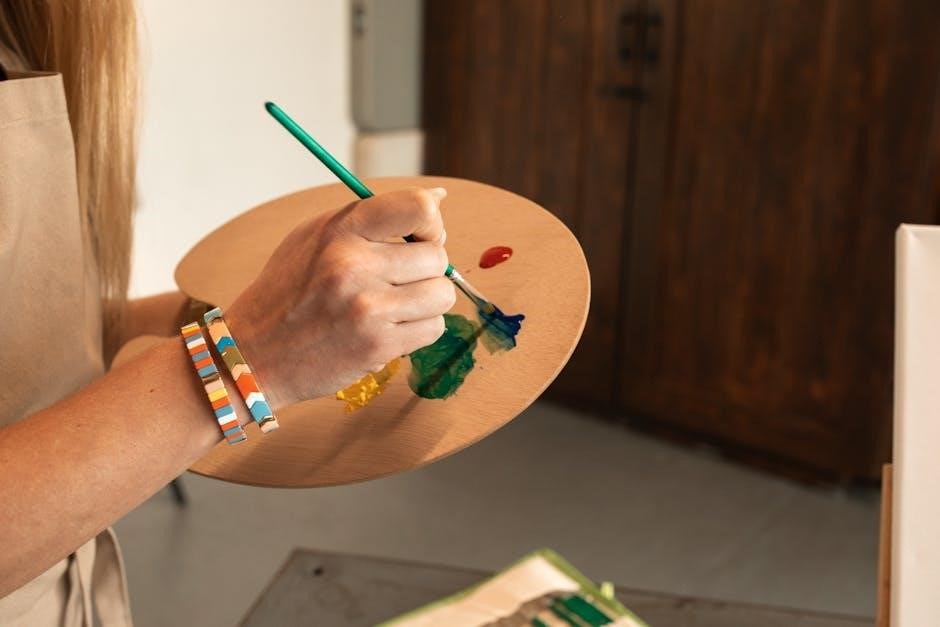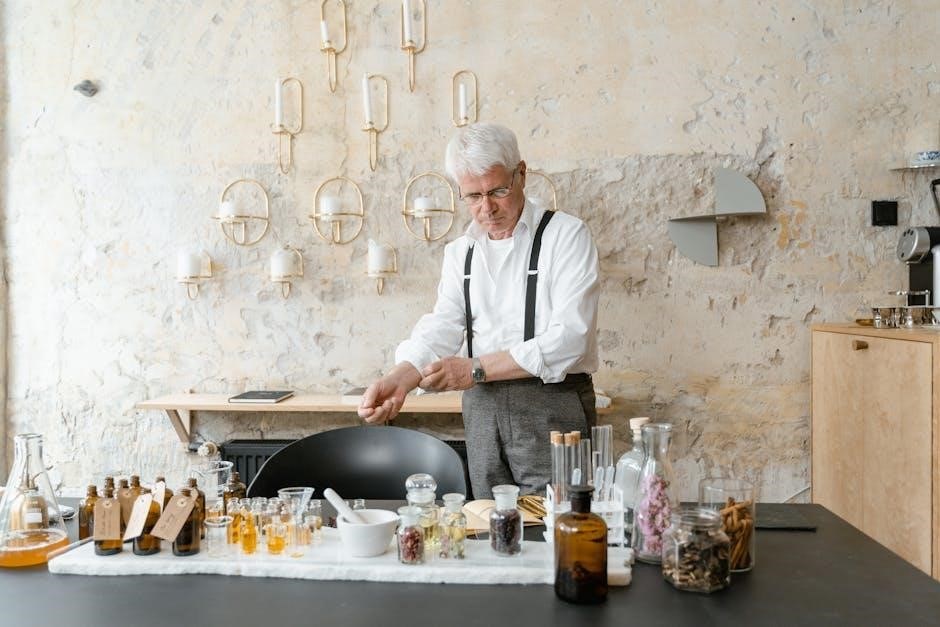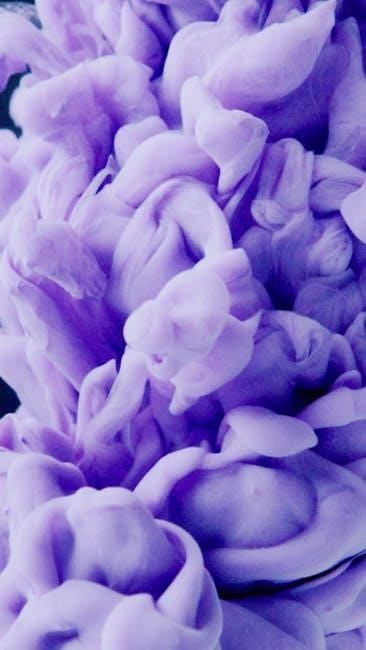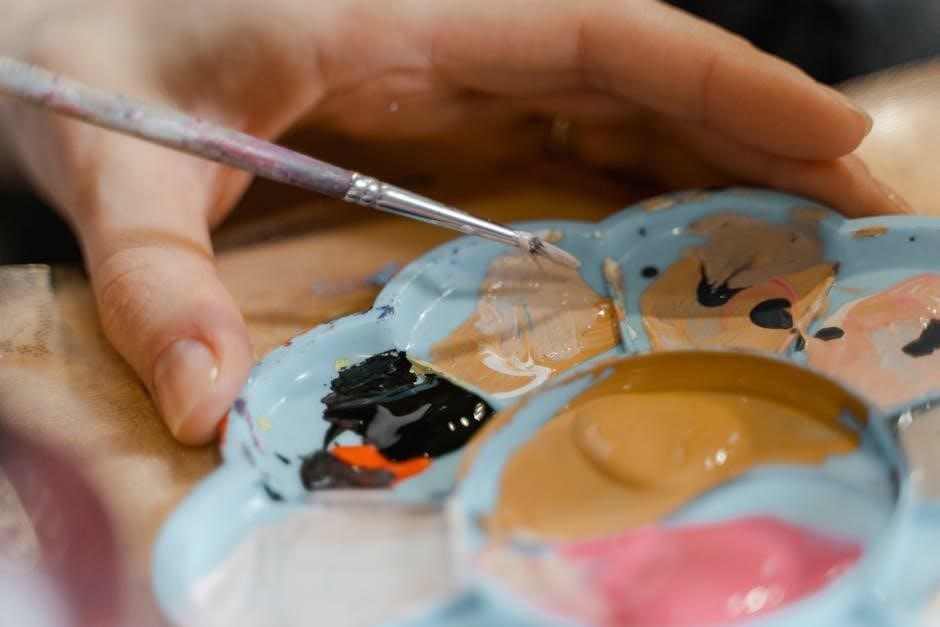Car paint mixing formulas require understanding color theory and chemical reactions, using
- specific ratios
to achieve desired hues and finishes, as outlined in various car paint mixing formulas pdf guides always.
Understanding the Basics of Paint Mixing
Understanding the basics of paint mixing is crucial for achieving the desired color and finish, as outlined in various car paint mixing formulas pdf guides. The process involves combining different components, including pigments, binders, and solvents, in specific ratios to create the desired hue and consistency. A key concept in paint mixing is the use of color theory, which involves understanding how different colors interact with each other to produce the desired shade. This knowledge is essential for creating custom colors and matching existing ones. Additionally, paint mixers must also consider the chemical reactions that occur when different components are combined, as these can affect the final color and finish of the paint. By grasping these fundamental principles, individuals can develop the skills and confidence needed to mix paint effectively, whether for personal or professional use, using online resources and guides.

Preparation and Surface Cleaning
Cleaning the surface with soap and water is essential before applying paint, removing dirt and impurities always.
Importance of Proper Sanding and Polishing
Proper sanding and polishing are crucial steps in the car paint mixing process, as they help to create a smooth surface for painting, removing imperfections and scratches. Using the correct grit and polishing compounds is essential to achieve a high-gloss finish. A well-sanded and polished surface also helps to ensure better paint adhesion, reducing the risk of peeling or flaking. Additionally, proper sanding and polishing can help to prevent common painting defects, such as orange peel or uneven color. By following the recommended sanding and polishing procedures, car owners and painters can achieve a professional-looking finish that enhances the appearance of the vehicle. The use of
- progressive grits
and polishing techniques can also help to remove minor scratches and imperfections, creating a smooth and even surface for painting; This attention to detail is critical in achieving a high-quality paint job.

Paint Mixing Ratio Charts
Using charts and tables to determine correct paint mixing ratios is essential for achieving desired colors and finishes, as outlined in various car paint mixing formulas and guides always online.
Using Charts for Accurate Mixing
Accurate paint mixing is crucial for achieving the desired color and finish, and using charts is an effective way to ensure this. The car paint mixing formulas pdf guides provide detailed charts and tables to help users determine the correct mixing ratios. These charts typically include information on the type of paint, the ratio of paint to thinner, and the amount of additive required. By referring to these charts, users can mix paint with confidence, knowing that they are using the correct ratios. This helps to prevent errors and ensures a professional-looking finish. The charts are often organized by paint type, making it easy to find the relevant information. Additionally, the charts may include notes on specific mixing requirements, such as the need to mix small batches or to use a specific type of thinner. Overall, using charts for accurate mixing is an essential part of the paint mixing process.

Mixing and Testing the Paint
Mixing and testing paint involves careful measurement and application to a test surface, following guidelines from car paint mixing formulas pdf always with precision and accuracy needed.
Testing the Paint Mixture
Testing the paint mixture is a crucial step in the car paint mixing process, as outlined in various car paint mixing formulas pdf guides, to ensure the desired color and finish are achieved. This involves applying the mixed paint to a test surface, such as a metal panel or a small area of the vehicle, and evaluating its appearance. The test surface should be clean and free of dirt and impurities to ensure accurate results. The paint mixture should be applied in a thin, even layer, using a spray gun or brush, and allowed to dry completely before evaluation. The
- color
,
- gloss
, and
- texture
of the paint mixture should be carefully examined to ensure they meet the desired specifications. Any necessary adjustments to the paint mixture can be made based on the results of the test, using car paint mixing formulas pdf as a reference.

Advanced Paint Mixing Systems
Utilizing car paint mixing formulas pdf with advanced systems for efficient color matching and mixing, using
- specific
technologies always.
The Valspar Refinish Universal Intermix System
The Valspar Refinish Universal Intermix System is a leading technology in the automotive paint industry, allowing for the mixing of various paints and coatings with ease and accuracy, as outlined in car paint mixing formulas pdf guides. This system utilizes a set of universal tints, liquid pearls, and technology-specific binders to create a wide range of colors and finishes. With the Valspar Refinish Universal Intermix System, users can mix acrylic, basecoat, and other types of paints with confidence, knowing that the resulting color will be accurate and consistent. The system is designed to be user-friendly, with a simple and intuitive interface that makes it easy to navigate and select the desired colors and formulas. By using the Valspar Refinish Universal Intermix System, automotive painters and refinishers can streamline their workflow and produce high-quality results with ease, making it an essential tool for any
- professional
paint shop.